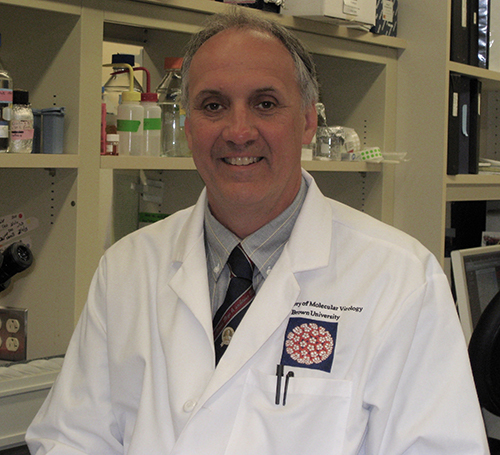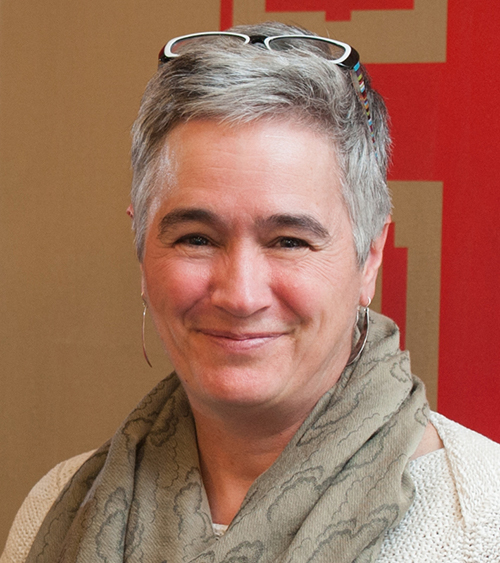Two Carney faculty elected AAAS fellows
Two researchers affiliated with the Carney Institute for Brain Science are among five members of the Brown University faculty who have been elected fellows of the American Association for the Advancement of Science, the world’s largest general scientific society. Election as a fellow is an honor bestowed upon AAAS members by their peers, who nominate fellows for election by the AAAS Council, the association’s policymaking body.
The new class of AAAS fellows includes 564 scientists, engineers and innovators spanning 24 scientific disciplines who are being recognized for their scientifically and socially distinguished achievements. The new class will be featured in the AAAS News & Notes section of the journal Science in January 2022, and an in-person celebration of the new AAAS fellows will be scheduled as soon as it is feasible.

Walter Atwood, professor of medical science and neurology, vice chair of molecular biology, cell biology and biochemistry
Walter Atwood studies polyomaviruses, especially JCPyV and BKPyV, which infect more than 70% of the human population worldwide. His laboratory was the first to formally demonstrate that JCPyV requires sialic acid and serotonin receptors on cells to establish infection, and his work on virus entry led to the discovery that a small molecule known as Retro-2 could inhibit infection of cells by JCPyV. His most recent work is focused on an alternative mechanism of viral infection that involves extracellular vesicles, which can evade detection by the immune system. Atwood has a patent on a compound and its derivatives for the treatment and prevention of infections. He is an elected fellow of the American Academy of Microbiology.
The AAAS recognized Atwood "for distinguished contributions to molecular virology, particularly for making seminal discoveries regarding the processes by which polyomaviruses infect cells and cause human disease."
Anne Church Hart, professor and chair of neuroscience

Anne Church Hart is a neuroscientist who uses genetic and molecular approaches to understand the mechanisms underlying neurodegenerative disease and nervous system function. In the late 1990s, her research group was the first to create useful, explicit models of human neurodegenerative disease, especially Huntington’s disease, using the tiny invertebrate nematodes known as C. elegans. Those models, as well as later work, helped found a community of researchers using C. elegans models to study human disease mechanisms. Hart's published work has helped delineate pathways and mechanisms relevant to neurodegenerative diseases, including Huntington's, spinal muscular atrophy, amyotrophic lateral sclerosis and frontal temporal dementia. Hart’s research also includes using C. elegans to help define genetic and molecular mechanisms regulating sleep and fatigue. In addition to her roles at Brown, Hart is the speaker for the MBL Society at the Marine Biological Laboratory.
The AAAS recognized Church Hart "for distinguished contributions using C. elegans to delineate molecular mechanisms underlying sleep and neurodegenerative disease pathology, including Huntington's disease, Spinal Muscular Atrophy, Amyotrophic Lateral Sclerosis and Frontal Temporal Dementia."
Visit News From Brown to learn about other Brown faculty members who were honored for significant and lasting contributions to their fields.



